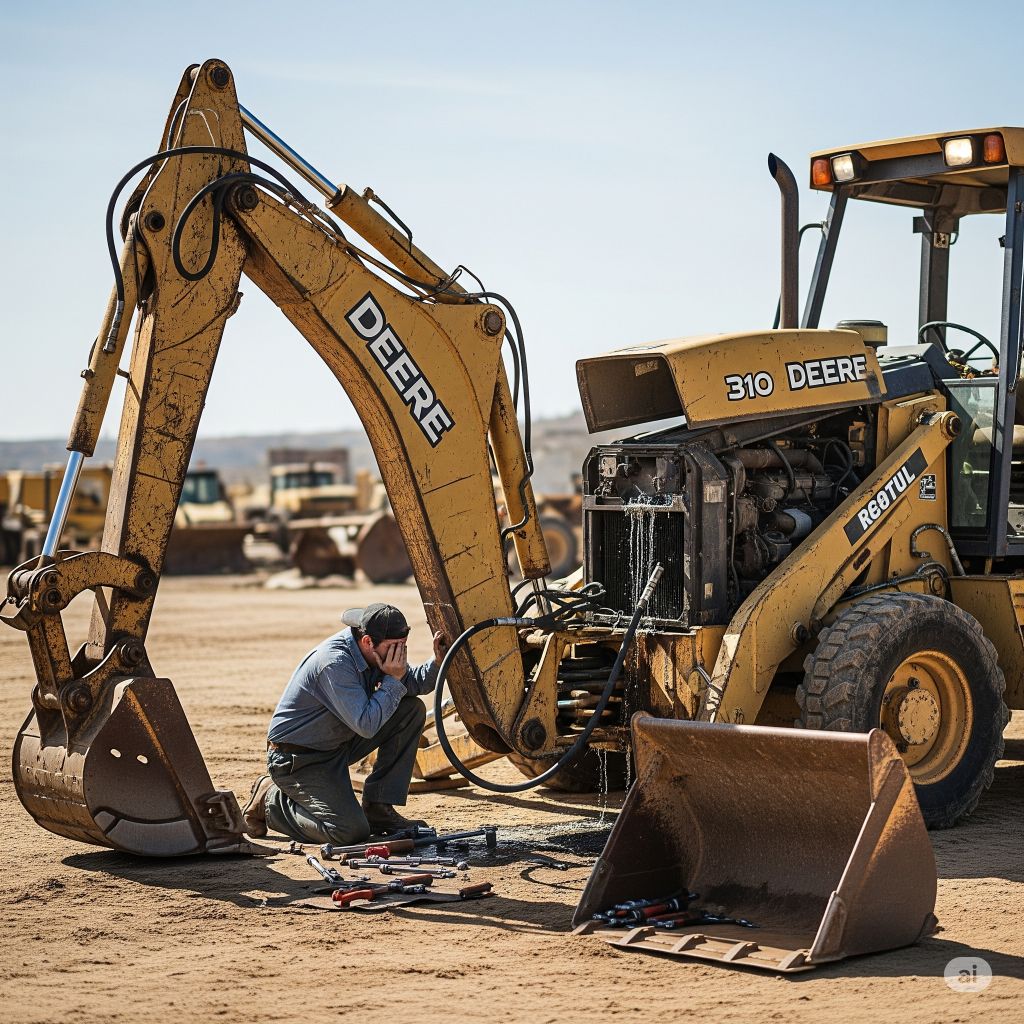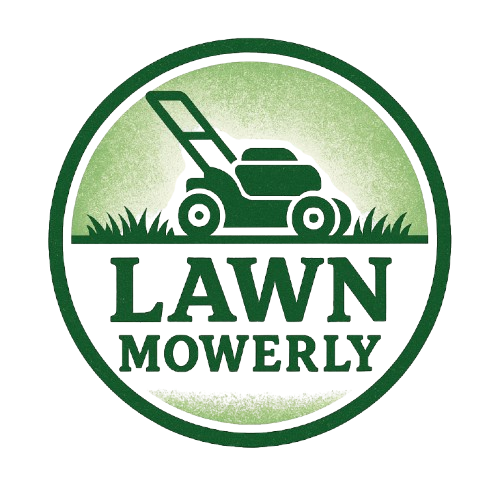
The John Deere 310 series of backhoe loaders is one of the most iconic and widely used machines in construction, farming, and utility work. From the early 310 to the modern 310SL and 310L EP, these machines have evolved while maintaining their workhorse reputation. However, like all heavy equipment, they come with some mechanical and hydraulic challenges. This guide provides an in-depth look at common problems, reliable fixes, key specs, and valuable ownership tips.
Common John Deere 310 Backhoe Problems
1. Hydraulic System Issues
Symptoms:
- Slow or jerky hydraulic functions
- Loss of hydraulic pressure
- Backhoe or loader arm won’t move
Causes:
- Low or contaminated hydraulic fluid
- Clogged hydraulic filters or screens
- Failing hydraulic pump
- Leaky valves or seals
Fixes:
- Check and top up hydraulic fluid
- Replace hydraulic filters and clean screens
- Pressure test the hydraulic pump
- Replace faulty seals, O-rings, or control valves
- Use John Deere’s Hy-Gard or equivalent hydraulic oil
2. Transmission Problems
Symptoms:
- Hard shifting
- Gears slipping or not engaging
- Machine won’t move forward or reverse
Causes:
- Low transmission fluid
- Worn clutch packs (in power shuttle models)
- Internal transmission wear
- Shift linkage misalignment
Fixes:
- Inspect and refill with correct transmission fluid
- Adjust or replace worn clutches
- Check linkage rods and detents for alignment
- In severe cases, a transmission rebuild may be necessary
3. Starting and Electrical Problems
Symptoms:
- Engine cranks but won’t start
- No crank at all
- Warning lights flicker or stay on
Causes:
- Weak battery or corroded terminals
- Faulty starter motor or solenoid
- Bad ignition switch or wiring
- Malfunctioning neutral safety switch
Fixes:
- Clean terminals and test battery voltage (should be 12.6V+)
- Replace starter motor or solenoid
- Bypass/test ignition switch with multimeter
- Replace safety switch if it doesn’t engage
4. Backhoe Boom and Bucket Drift
Symptoms:
- Backhoe arm or bucket slowly drops over time
- Difficulty holding load in one position
Causes:
- Internal cylinder leakage
- Valve body wear
- Seal deterioration
Fixes:
- Rebuild leaking cylinders with new seals
- Replace or rebuild control valves
- Use pressure tests to identify internal leaks
5. Engine Overheating
Symptoms:
- Temperature gauge in red
- Coolant overflow or boiling
- Power loss under heavy load
Causes:
- Clogged radiator or fins
- Failing water pump or thermostat
- Low coolant or air-locked system
- Fan belt slipping
Fixes:
- Clean radiator fins thoroughly
- Replace thermostat or water pump if not functioning
- Bleed the cooling system and refill with proper coolant mix
- Tighten or replace belts
6. Fuel System Issues
Symptoms:
- Hard starting or stalling
- Loss of power under load
- Black or white exhaust smoke
Causes:
- Dirty fuel filter or injectors
- Air in fuel lines
- Faulty fuel pump
Fixes:
- Replace fuel filters regularly
- Prime system and remove air from lines
- Rebuild or replace injectors and fuel pump
7. Steering and Front Axle Problems
Symptoms:
- Excessive steering play
- Uneven tire wear
- Clunking noises when turning
Causes:
- Loose steering linkage
- Worn bushings or kingpins
- Leaky steering cylinders
Fixes:
- Tighten or replace steering components
- Rebuild or replace worn bushings
- Inspect and reseal hydraulic steering cylinders
John Deere 310 Backhoe Loader Specs (Typical for 310G/310J/310K/310L)
| Specification | Details |
|---|---|
| Engine Power | ~70–100 HP (varies by model) |
| Engine Type | John Deere 4.5L or 4.2L 4-cylinder diesel |
| Transmission | Power Shuttle (4F/4R or 5F/3R depending on model) |
| Operating Weight | ~13,000–15,000 lbs |
| Max Dig Depth (Backhoe) | ~14 ft to 15.6 ft |
| Loader Bucket Capacity | ~1.0 – 1.25 cubic yards |
| Fuel Capacity | ~28 to 34 gallons |
| Hydraulic Flow Rate | ~25 to 35 GPM (varies by series) |
| Tires | R4 Industrial tires standard |
| Top Speed | ~18–24 mph (road speed) |
John Deere 310 Series Evolution Overview
| Model | Production Years | Key Improvements |
|---|---|---|
| 310 | 1971–1975 | Original design, basic hydraulics |
| 310A | 1975–1982 | Improved loader lift, better steering |
| 310C/D | 1983–1990 | Enhanced cab, more power |
| 310E/G | 1991–2001 | Electronic control, higher capacity |
| 310J/K | 2002–2015 | Turbocharged, better emissions |
| 310L/SL | 2015–Present | Tier 4 Final, optional 4WD, joystick |
Maintenance Tips for Long-Term Reliability
- Use Quality Fluids: Stick to OEM recommendations for hydraulic and engine oils (Hy-Gard, Plus-50 II, etc.)
- Grease Often: Lubricate loader and backhoe pivots every 8-10 hours of use.
- Replace Filters Regularly: Fuel, hydraulic, and air filters should be replaced every 250–500 hours.
- Monitor Electrical Connections: Especially important on older 310 models prone to corrosion.
- Inspect Hydraulic Cylinders for Leaks: Early repairs prevent expensive downtime.
- Check Tire Pressure and Lug Bolts: Uneven pressure can damage the front axle.
Frequently Asked Questions (FAQs)
Q1: What is the best hydraulic oil for a John Deere 310?
Use John Deere Hy-Gard or a compatible J20C fluid. Do not mix incompatible hydraulic fluids.
Q2: How deep can a John Deere 310 dig?
It depends on the model. A 310G can dig about 14.3 feet, while the 310SL can reach 15.6 feet with extend-a-hoe.
Q3: Can I use a 310 backhoe for snow removal?
Yes. Many owners use them with a 4-in-1 loader bucket or attach a snow pusher blade.
Q4: Why is my 310 backhoe leaking fluid from the boom?
This is typically caused by worn boom cylinder seals or loose fittings. Rebuilding the cylinder is a common fix.
Q5: Is the John Deere 310 a good machine for farm use?
Absolutely. It’s versatile for digging, trenching, lifting, and light grading, making it ideal for farm and ranch work.
Pros and Cons of the John Deere 310 Series
✅ Pros:
- Legendary durability
- Excellent dealer support and parts availability
- Comfortable operator station in newer models
- Strong loader and backhoe performance
❌ Cons:
- Older models lack emissions compliance (if required)
- Drift in older backhoe hydraulics
- Electrical gremlins in high-hour machines
- Slower than modern compact equipment in tight areas
User Tips for Smooth Operation
- Warm-Up Before Hard Use: Let the engine run for a few minutes, especially in cold weather.
- Use Float Function on Loader: For smoother grading or snow removal.
- Mark Hydraulic Leaks Early: Use UV dye to spot leaks before they worsen.
- Check Sway Chain Adjustments: Reduces implement sway during road travel.
- Store Indoors If Possible: Reduces wear from weather and UV exposure.
Conclusion
The John Deere 310 series is one of the most trusted backhoes in the industry. Whether you’re running an older 310C or a newer 310L EP, staying on top of common issues like hydraulic drift, shifting problems, or fuel system quirks will ensure your machine stays productive. With regular maintenance, many of these machines continue to perform well past 10,000 hours. Whether you’re a contractor, farmer, or municipality, the 310 remains a sound investment.
Would you like this broken into a downloadable checklist or want model-by-model comparison charts (e.g., 310J vs 310L)?

I’m David man behind Lawn Mowerly; I’ve been dealing with lawnmowers and Tractors with my father since I was a kid. I know every make and model and what each one is capable of and love helping people find the perfect equipment for their needs.
